Graphic design for cars has revolutionized the way vehicles are perceived, transforming them from mere modes of transportation into moving canvases of artistic expression. Initially, car graphics were rather straightforward, with simple logos and stripes, but nowadays, the possibilities are limitless. No matter the style, vehicle graphic design enhances visual appeal and can even convey a brand's personality or a driver's unique flair. While some might assume this design approach is flashy and extravagant, it's actually a smart way to merge functionality with creativity--and its popularity is currently soaring. Rev up your design game with the following car graphic design ideas and craft a standout presence on the road.
Vehicle wrap design
Vehicle wrap design represents a sophisticated fusion of art and advertising, transforming automobiles into mobile canvases while conveying brand messages with visual impact. These wraps not only protect the car's original paint but also allow for a virtually limitless range of creative expressions, with vivid graphics, bold colors, and textured finishes that can mimic anything from polished chrome to brushed steel. Precision in measurement and digital mockups is essential in ensuring that designs conform perfectly to the car's intricate contours, so designers must possess a keen understanding of both the vehicle's structure and the capabilities of modern printing technologies. The application requires meticulous attention to detail, as any misalignment could disrupt the visual flow, so professional installers carefully manipulate high-quality vinyls to achieve a sleek, bubble-free finish that captivates onlookers.
Automotive branding
Automotive branding involves a nuanced approach to graphic design, where the aesthetic and visual elements are closely tied to a vehicle's identity and market positioning. Designers meticulously develop logos, color schemes, and typographic treatments that not only convey a brand's ethos but also resonate with target demographics. The challenge lies in balancing innovation with tradition, as iconic brands often carry decades of legacy that must be respected while appealing to modern sensibilities. Critical considerations include the physical and digital environments in which these designs will appear, ensuring they maintain impact across varying scales and mediums--from sleek vehicle exteriors to interactive digital interfaces.
Exterior decal placement
Car decal placement is crucial for both aesthetic appeal and branding purposes. Experienced graphic designers will strategically place decals on large, visible areas such as doors, hoods, and trunks to maximize visibility. Attention is given to the car's curves and lines to ensure decals complement the vehicle's natural shape, avoiding areas that may cause distortion or compromise the adhesion due to complex angles. Designers might also consider the interaction of colors between the decals and the car's paintwork to ensure the final result stands out appropriately while maintaining a sense of cohesion with the overall design of the car.
Custom livery graphics
Custom livery graphics for cars have evolved into a sophisticated art form, blending vibrant colors, intricate patterns, and brand logos to transform vehicles into moving masterpieces. Talented designers meticulously consider the car's contours, ensuring the graphics complement and enhance the vehicle's architecture, while also considering the client's personality or brand identity. Advanced software tools are employed to create stunning 3D renders, enabling designers to visualize how different elements will interact with varying lighting conditions and perspectives on the actual car. These bespoke graphics not only serve an aesthetic purpose but also play a crucial role in advertising campaigns or motorsport sponsorships, offering significant exposure as the vehicle attracts attention in urban landscapes or on racetracks.
3D car rendering
3D car rendering in graphic design offers a dynamic approach to visualizing automotive concepts by utilizing specialized software that generates realistic three-dimensional models, enabling designers to experiment with aesthetics and engineering intricacies before physical prototypes are produced. Lights, textures, and reflections are meticulously crafted to simulate real-world conditions, creating visually accurate and compelling images that can convey brand ethos, highlight particular features, and capture the imagination of potential customers. Advanced rendering engines employ techniques like ray tracing and global illumination, enhancing realism by accurately modeling light interactions within the scene, creating nuanced shadows, and enhancing the car's contours and finishes for maximum visual impact. Constant advancements in computer hardware and algorithm efficiencies have made these renderings more accessible, allowing for iterative improvements and real-time feedback in the design process, ultimately shortening development cycles and elevating the creative scope for automotive designers.
Racing stripe design
Racing stripe design for cars embodies the essence of speed and performance, often acting as a visual shorthand for automotive prowess and racing heritage. These stripes, usually adorning the bonnet, roof, and rear, draw inspiration from classic racing aesthetics, where contrasting colors create a dynamic visual impact that enhances the aerodynamic contours of the vehicle. Each stripe is meticulously crafted to align perfectly with the car's lines, using precision-cut vinyl or custom paint that complements the car's color palette while ensuring durability against environmental wear. The choice of width, color, and placement transforms the vehicle's appearance, allowing for personalization that reflects the owner's taste, whether opting for subtle elegance with thin, monochromatic stripes or bold statements with wide, vibrant bands that dominate the vehicle's silhouette.
Car interior aesthetics
Car interior aesthetics involve a meticulous blend of ergonomic functionality and visual appeal, creating an immersive experience for the driver and passengers. Designers employ a palette of luxurious materials such as supple leathers, brushed metals, and carbon fiber to evoke a sense of elegance and sophistication. Ambient lighting plays a pivotal role in accentuating interior lines and contours, with options to customize colors and intensities, providing a personalized atmosphere. Advanced technologies, such as touch-sensitive control interfaces and digital instrumentation clusters, are seamlessly integrated into the interior environment, enhancing the overall aesthetic while ensuring ease of use and accessibility.
Wheel rim design
Wheel rim design serves as a critical component in the overall aesthetic and functional essence of car graphic design, marrying both form and function in a manner that elevates vehicular appeal and performance. Designers meticulously analyze proportions, spoke arrangements, and finishes, with the interplay of materials such as aluminum, forged steel, and carbon fiber playing a substantial role in defining durability and weight. Intricate designs may incorporate aerodynamics via sculpted elements and advanced simulations to optimize airflow around the wheels, thus enhancing efficiency and handling. The visual allure is further heightened through innovative finishes -- anodized, powder-coated, or polished surfaces combined with variegated color schemes that align seamlessly with the vehicle's bodywork, forging a harmonious yet striking visual identity.
Paint finish texture
Graphic design for cars with a focus on paint finish texture involves the meticulous selection and application of materials that not only enhance aesthetic appeal but also contribute to the vehicle's overall character. Designers often experiment with a range of finishes, such as matte, gloss, metallic, or pearlescent textures, to create a dynamic visual interplay under different lighting conditions. The tactile experience of these finishes is crucial, offering a sensory dimension where the smoothness or subtle roughness can evoke varying perceptions of luxury, sportiness, or aggression. Innovative techniques, including digital printing and advanced coating technologies, enable precise patterning and layering, allowing for bespoke designs that harmoniously blend form and function while ensuring durability and resistance to environmental factors.
Dashboard interface layout
Designing a car's dashboard interface requires a keen understanding of ergonomics and user-centered design to ensure both aesthetic appeal and functionality. The layout must prioritize intuitive navigation and immediate readability, carefully considering the psychophysics of where a driver's gaze naturally falls. High-resolution displays should incorporate contrasting colors and legible typefaces, aiding drivers in quickly grasping essential information like speed, fuel levels, and navigational cues without distraction. Furthermore, interactive elements such as touchscreens or haptic feedback controls need to be strategically positioned to minimize complex motor movements, enhancing user interactions while maintaining the driver's focus on the road.






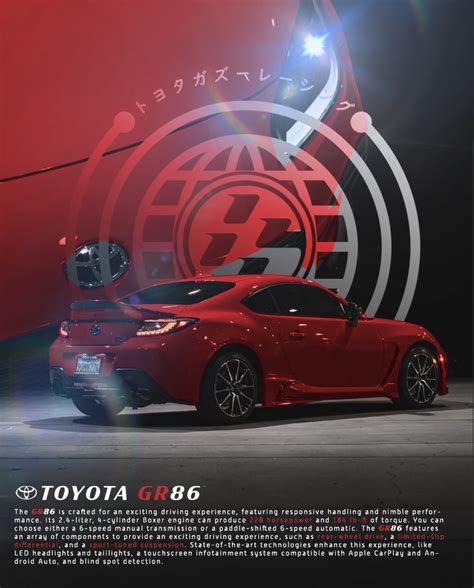
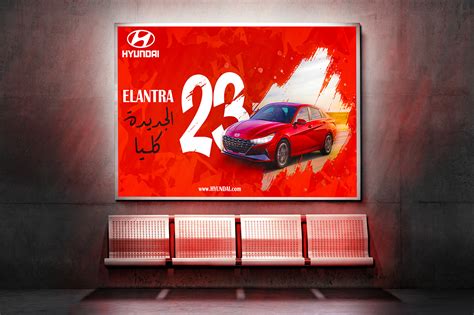
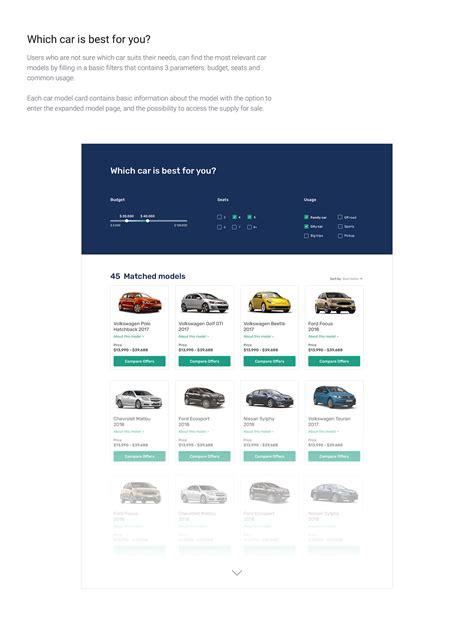

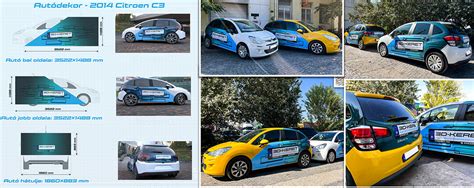
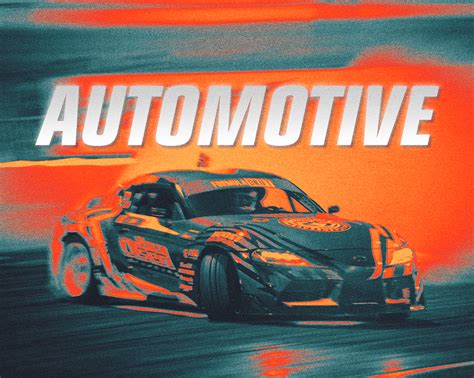
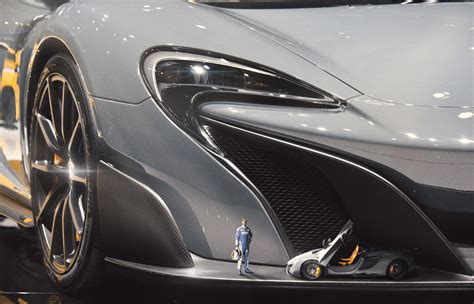
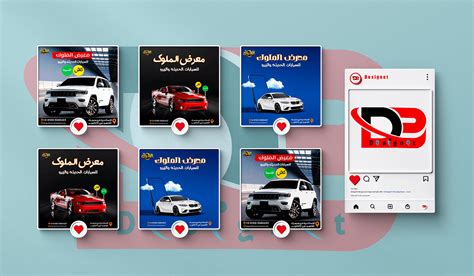
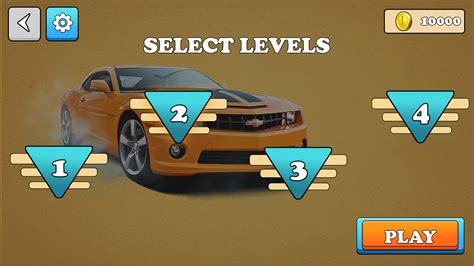
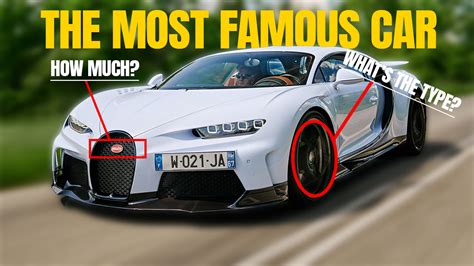
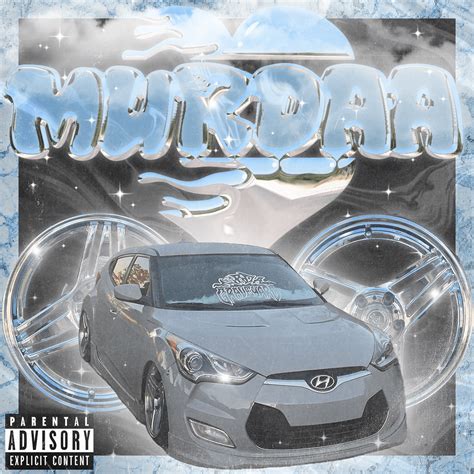
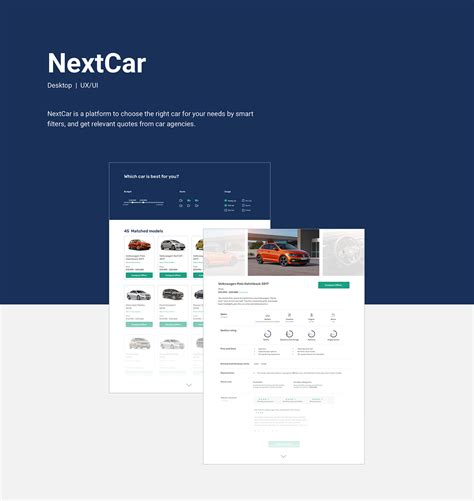
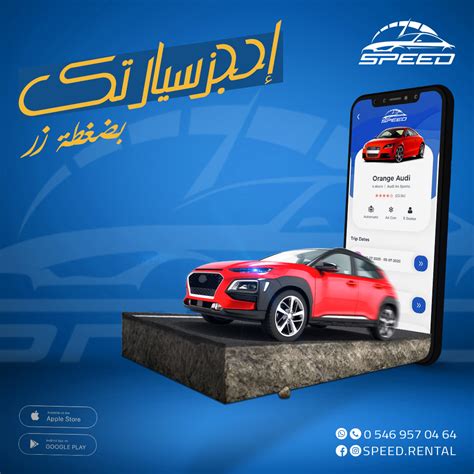

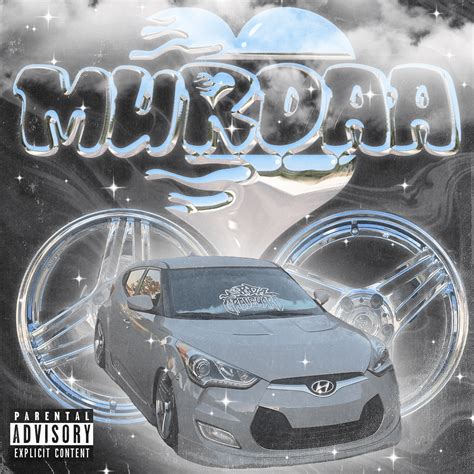
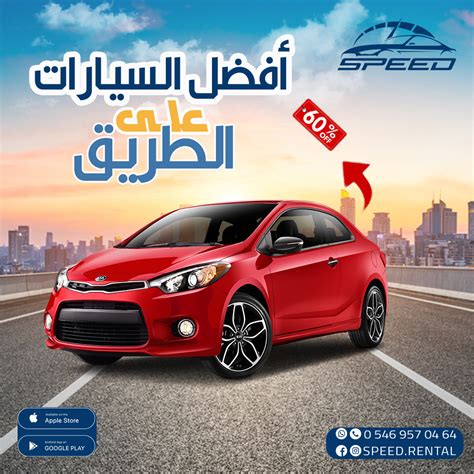
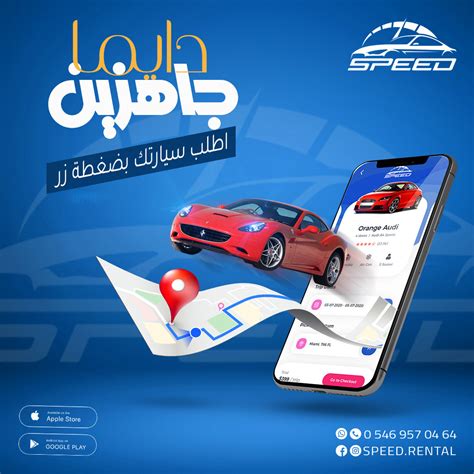
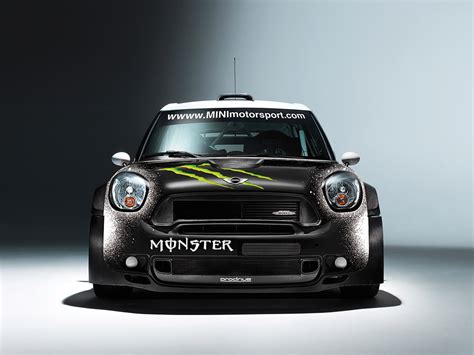
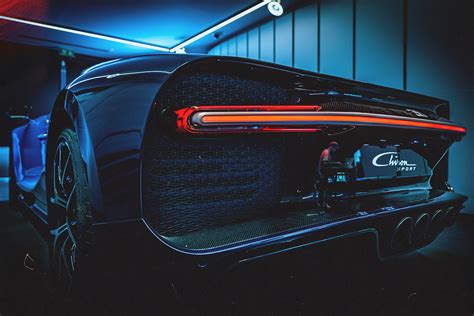
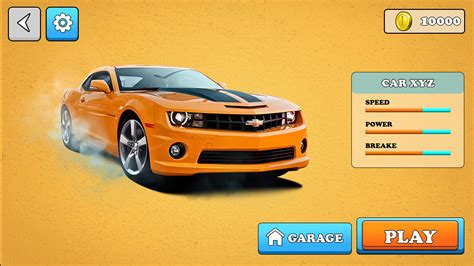
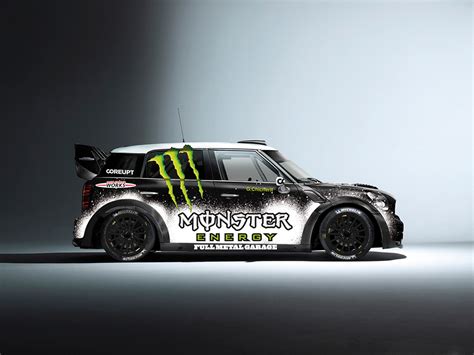
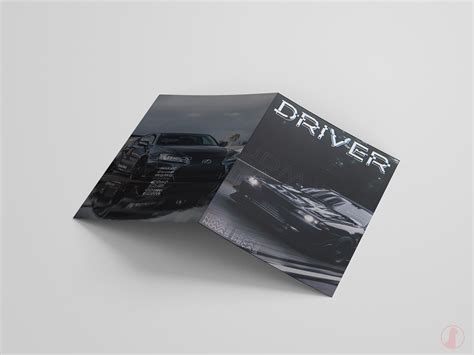

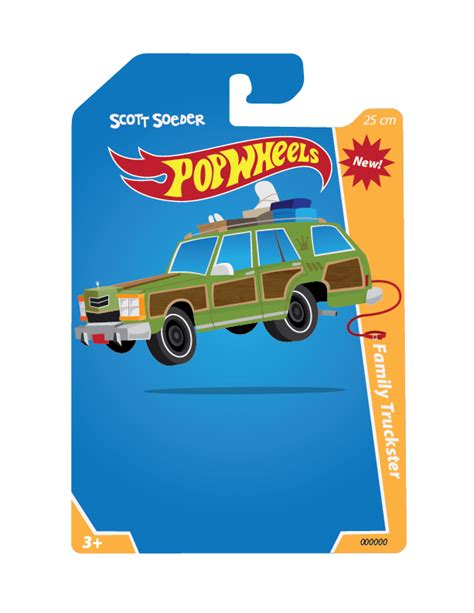
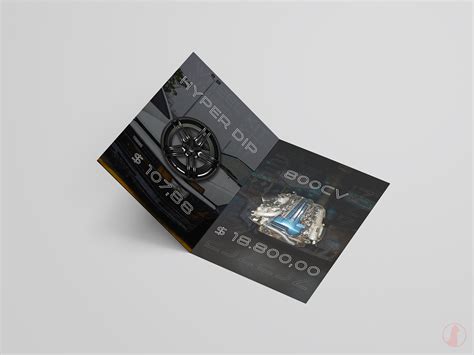
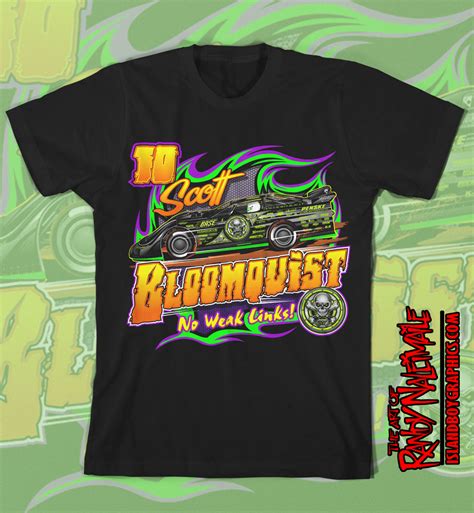
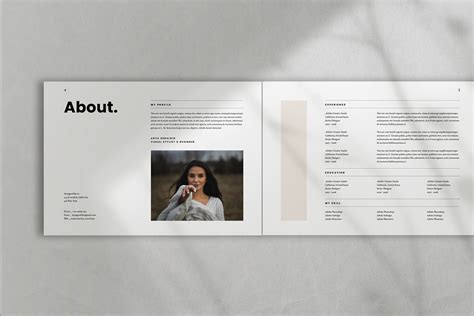

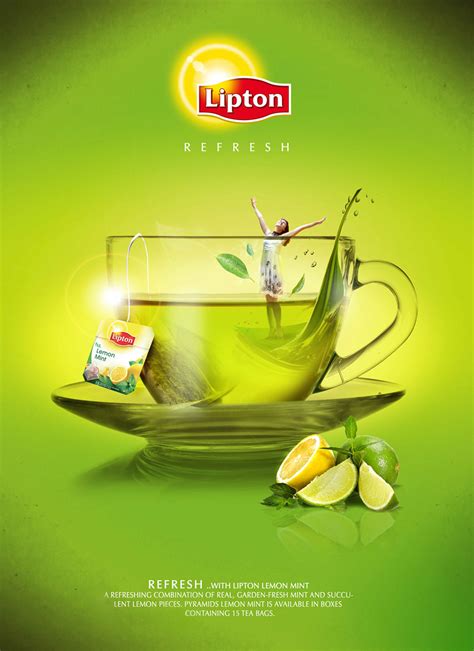
Leave a Reply
Your email address will not be published.